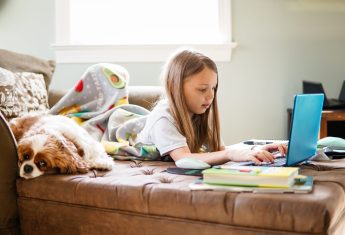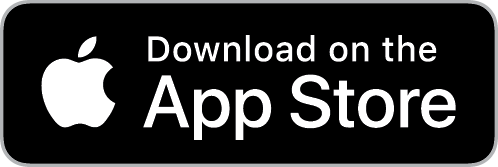Primary 3 - First Level Numeracy
Online Numeracy Lessons for Primary 3 Students in Scotland.
Primary Three numeracy and mathematics lessons begin with Place Value, counting forwards and backwards in 2s, 5s and 10s, up to 1,000
We teach how to recognise patterns when we count in 10s, 2s, then 5s and to count forwards and backwards in 10s, 2s and then 5s.
We introduce estimating strategies and doubling. We teach how to make a sensible estimate of a number, use estimating skills and questions to help make good guesses and to be able to double numbers.
Pupils learn rounding to the nearest 10 up to 100. They can round whole numbers to the nearest 10 and use this skill to estimate and check other maths answers.
We teach how to identify the value of each digit in a three-digit number and how to read a three-digit number.
They learn to add numbers together using the hundreds, tens and units columns and to solve addition problems.
We teach how to subtract using hundreds, tens and units columns and to solve subtraction problems.
Pupils learn to count backwards in 10s from any whole number within 1,000. They can also subtract in multiples of 10 from any number up to 1,000.
We teach the 5- and 10-times table multiplication facts. They learn to make progress memorising the facts and to use the 5- and 10-times totable facts to solve problems.
Pupils learn to recognise the trebling (x3) and dividing patterns. We teach them to treble and divide whole numbers and to use the trebling and dividing patterns to help solve problems.
We teach how to recognise the division patterns in 2, 3, 5 and 10 and to use appropriate mathematical vocabulary when dividing.
We teach divison by 2 and 3 with TU and to use appropriate language when dividing. Pupils can divide amounts into 2 or 3 using TU sums.
Fractions lessons continue as pupils learn to identify how many parts are in a half, quarter, third, fifth and tenth. They learn to use the correct notation to describe a fraction. We teach them to explain the job of a denominator and numerator.
They learn to recognise fractions. We teach how to recognise a fraction of a whole shape and to recognise and calculate a fraction of a number group. They can use the correct notation to describe ½ 1/3 ¼ 1/5 and 1/10.
Coins and notes lessons teach pupils to identify coins and notes to £5. They learn to use coins and notes to make different amounts of money and explore ways of making the same amount of money.
We teach them to work out the change required using number knowledge and mental maths skills. They learn counting or subtracting methods when working out the change required and use combinations of coins to find change from up to £5.
We teach pupils to record amounts accurately using the correct notation to £10. They learn to calculate totals and calculate how much change should be given.
Time lessons continue by teaching how to tell the time using 'o'clock', 'quarter past', 'half past' and 'quarter to' on a digital 12-hour clock display. They learn to make a link between 'o'clock', 'quarter past', 'half past' and 'quarter to' on an analogue clock fact and a digital display.
They learn that a minute has 60 seconds, an hour has 60 minutes and a day has 24 hours. They learn the difference between them and have an idea of their length.
They learn the months of the year and can recall them in order. They learn to identify months before, in between and after and to write the date numerically and in words.
We teach how to use a.m. to describe times as before midday on digital and analogue clock displays. Pupils learn how to describe times as after midday on digital and analogue clock displays. They can relate a.m. and p.m. times to real-life events.
Instruments of measure lessons teach pupils to identify what instrument of measure might be best suited to a task or problem-solving situation. They can name different instruments of measure.
Pupils learn to recognise and record km, m, cm and mm as units for measuring length, height and width. They learn to recognise and record kg and g as units for measuring weight and recognise and record ml and l as units for measuring volume.
Our 2D and 3D shapes lessons teach how to recognise and name 2D and 3D shapes and use appropriate vocabulary to describe their features.
Our lines of symmetry lesson teaches how to recognise a shape that has symmetry and to identify a line of symmetry within a shape.
We teach how to recognise a right angle and estimate if an angle is a right angle of 90 degrees,
Pupils learn to find right angles in shapes including some well-known 2D shapes.
We teach how to explore how data is presented on a graph, table and Venn diagram. Pupils learn to locate and present information on a graph, table or Venn diagram.
They learn to display given information on a table and on a Venn diagram and to locate information and answer questions about a table of a Venn diagram.


"It's bright and colourful, easy to read, and extremely easy to use unlike most textbooks or online learning websites" Daisy, S3 PupilSign Up & Learn Today

